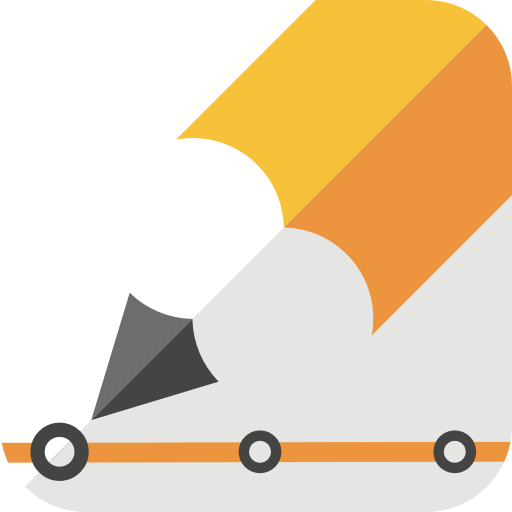Fun Learning Apps for Kids
Keeping younger children engaged in a variety of topics can be a challenge most of the time. Both at home and school, using conventional teaching methods can fall short, so digital tools provide refreshing and creative ways of teaching. Educators and parents can use fun learning apps for kids to keep them interested and excited about some of the most common subjects covered during the early years. With that being said, let’s take a look at some of the best starting points.

Language learning apps for kids
Language is a highly critical component of children’s early education, helping them communicate with both their peers and adults. Giving children a leg up in this area has become easier through a range of different mobile tools.
Book Creator | iTunes | Chrome Store
Book Creator is one of the most comprehensive language learning apps for kids because it draws on a wide range of abilities and skills. The application requires users to write and publish a book of their choosing, and it can be anything from a graphic novel to a science report.
The app can be used by teachers to create learning material for classes, or teachers can let kids use the tool for specific assignments. While learning to read and write, students also improve their organisational skills and critical thinking.
Duolingo | iTunes | Google Play
Duolingo is one of the easiest and cheapest ways for both adults and children to learn languages. The tool is used by people across the world, from individuals in developed nations to those in emerging economies.
Duolingo’s success is mainly due to the gamification process, where the task of learning a language has been turned into a game. Using automation and chatbots, minors can learn to read, write, listen, and speak, usually through short and segmented courses. From its humble beginnings, the application has gone beyond access on mobile devices, providing schools and educational institutions access to new resources.
Word Games for Kids | iTunes
The name says it all. If you browse any store, you can find countless learning apps for kids that specialise on one given function. For example, some apps handle just crosswords while others handle only word builders.
Word Games for Kids covers it all. It includes an entire array of word games, helping minors understand new terms and phrases using multiple avenues. It’s much simpler than having three or four separate applications for different purposes.
Other Apps
YouTube Kids | iTunes | Google Play
The world’s most popular video platform enters the realm of learning apps for kids. The application makes sure children can access media content in a safer and easier environment. They can access their favourite TV shows and watch videos for fun, but more than that, there’s an entire library of learning material they can view along with their parents. Whether it’s a tutorial for a class volcano project or a history presentation, the chances are that YouTube Kids will have a video available to help out.
In addition, parental control features enable adults to make sure they can supervise the channels their sons and daughters visit.
ClassDojo | iTunes | Google Play
Similar to Duolingo, ClassDojo also relies on gamification to make education an exciting process, turning it into a highlight among learning apps for kids. It’s a collaborative community application where students, teachers, and parents can work together in the schooling process.
Teachers can access options to make classroom management easier, from setting groups for assignments to the creation of digital portfolios. ClassDojo also serves as a messaging app, where adults can keep in touch with their sons and daughters, checking in on their progress and encouraging them along the way.
Timeline Creator | iTunes
Timeline Creator makes the list for a variety of different reasons. It draws on students’ abilities to organise and present information visually, helping with their organisational and critical thinking skills like Book Creator. At the same time, the iPad application serves as a visual education tool that serves as a language instructor.
Symbols, images, and video form a universal language, which means that timelines are more likely to be understood across the board when compared to text, which might come in just English or French, as an example. Teachers can use Timeline Creator to bridge language barriers with some students, making sure every child has a positive classroom experience.
See how the app works here, and download it from the App Store.
Key takeaways
There are countless learning apps for kids available that serve to help with education, but most of the time, they tend to be quite narrowly focused. The options we highlight here aim to improve a range of skills and abilities without looking at one or two in isolation. Feel free to try out as many of them as you like, and you should be able to put the fun back into learning.
